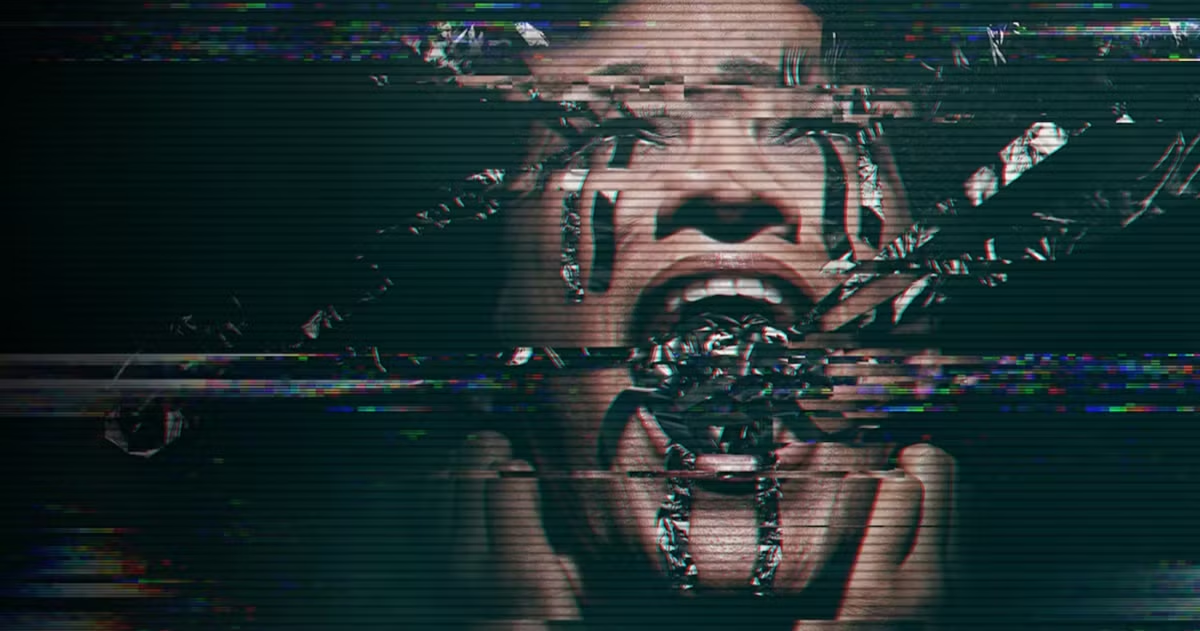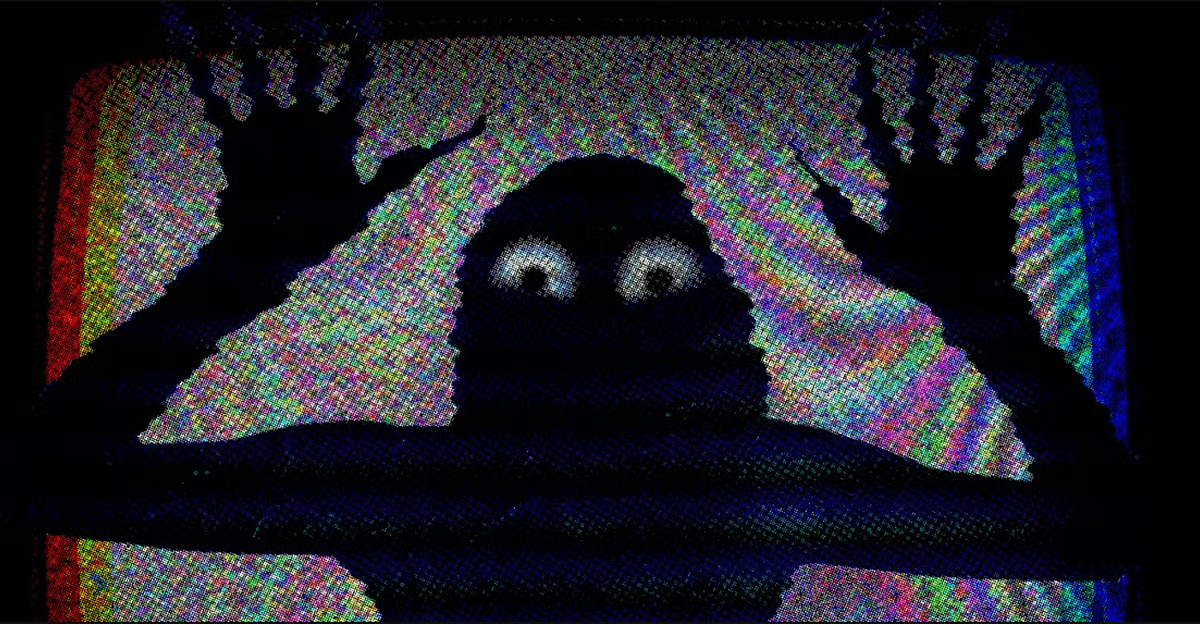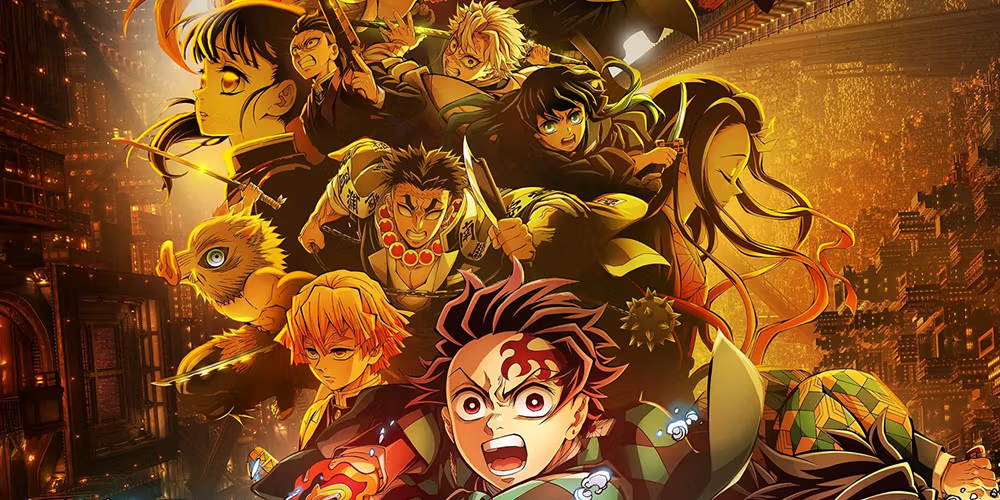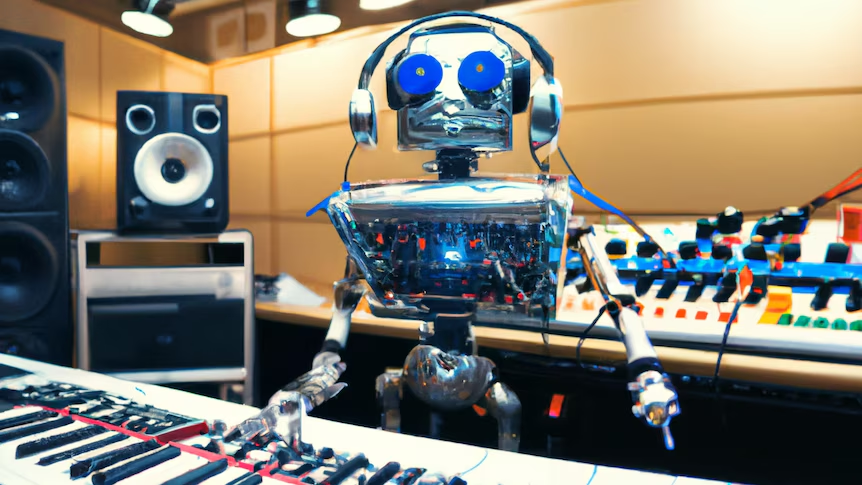Analog horror is redefining the horror genre in the digital age, drawing from retro aesthetics and psychological storytelling. Unlike traditional horror movies, analog horror is a subgenre of internet-based horror that uses VHS-style visuals, distorted audio, and lo-fi effects to evoke unease. Popularized by YouTube series like Local 58 and The Mandela Catalogue, it taps into collective nostalgia and fear of the unknown, creating suspense through implication rather than explicit violence. The eerie familiarity of outdated technology gives the genre its signature chilling atmosphere.
What makes analog horror so compelling is its reliance on subtlety and viewer imagination. By presenting cryptic broadcasts, emergency alerts, and corrupted tapes, creators blur the lines between fiction and reality. This immersive storytelling format invites audiences to piece together fragmented narratives, often involving cosmic horrors, alternate realities, or government conspiracies. The lack of traditional jump scares and the emphasis on mood makes analog horror psychologically intense, especially for viewers who grew up during the VHS and early cable TV era.
As more independent creators experiment with analog horror, its presence in pop culture is growing rapidly. It reflects modern anxieties—about surveillance, media manipulation, and lost history—through a uniquely retro lens. The resurgence of this style not only shows a craving for more intellectual horror but also demonstrates how old media formats can be repurposed to create innovative and terrifying new art. Analog horror is proving that sometimes, what’s scariest isn’t what’s seen—but what’s suggested.




